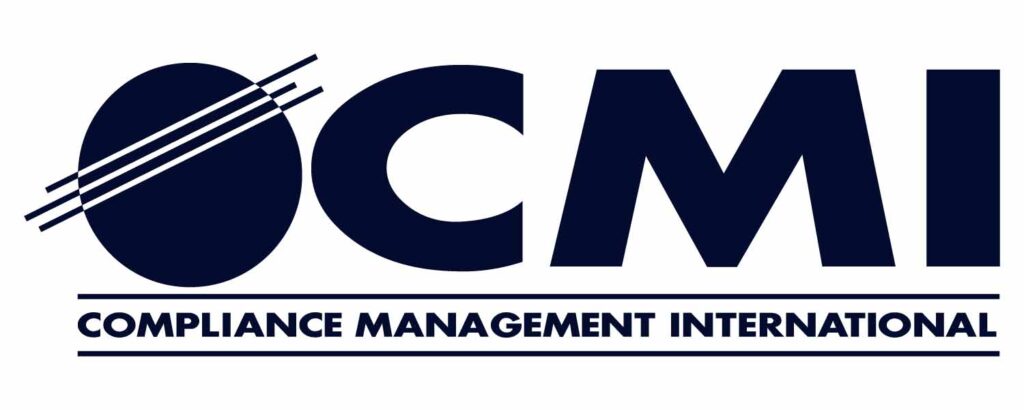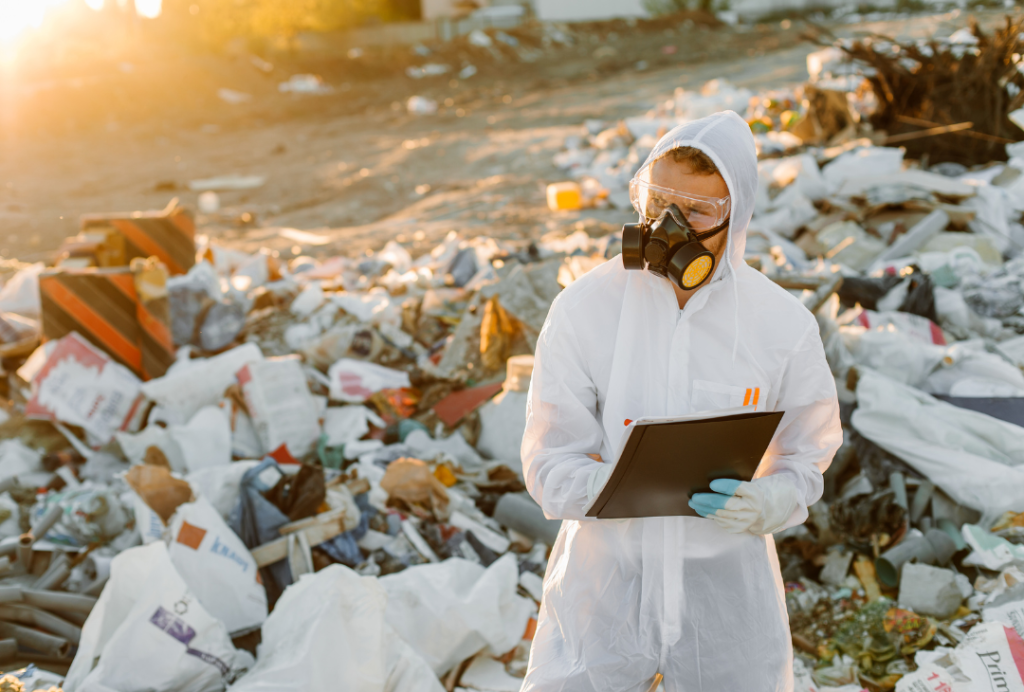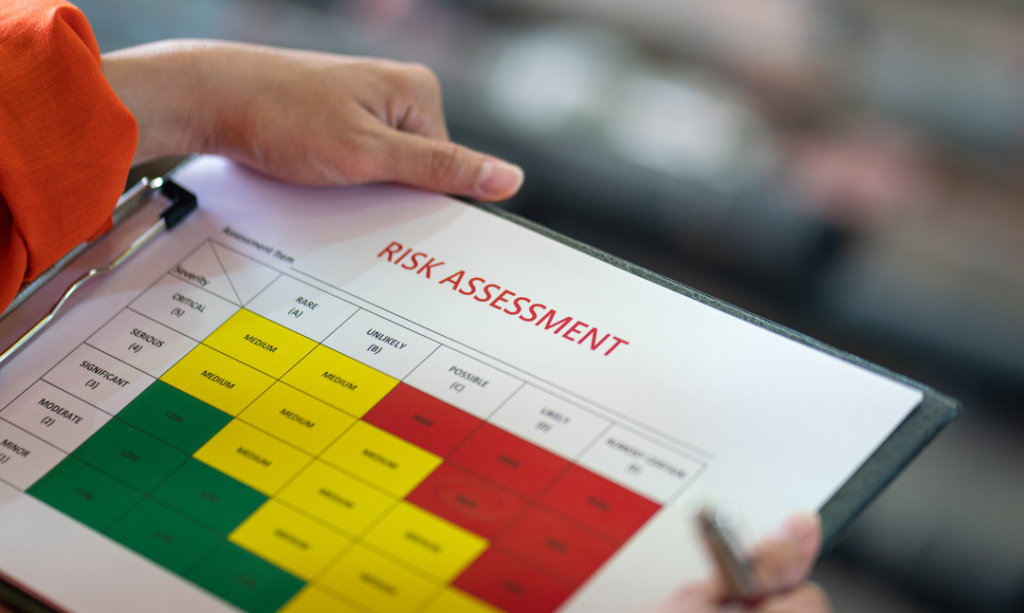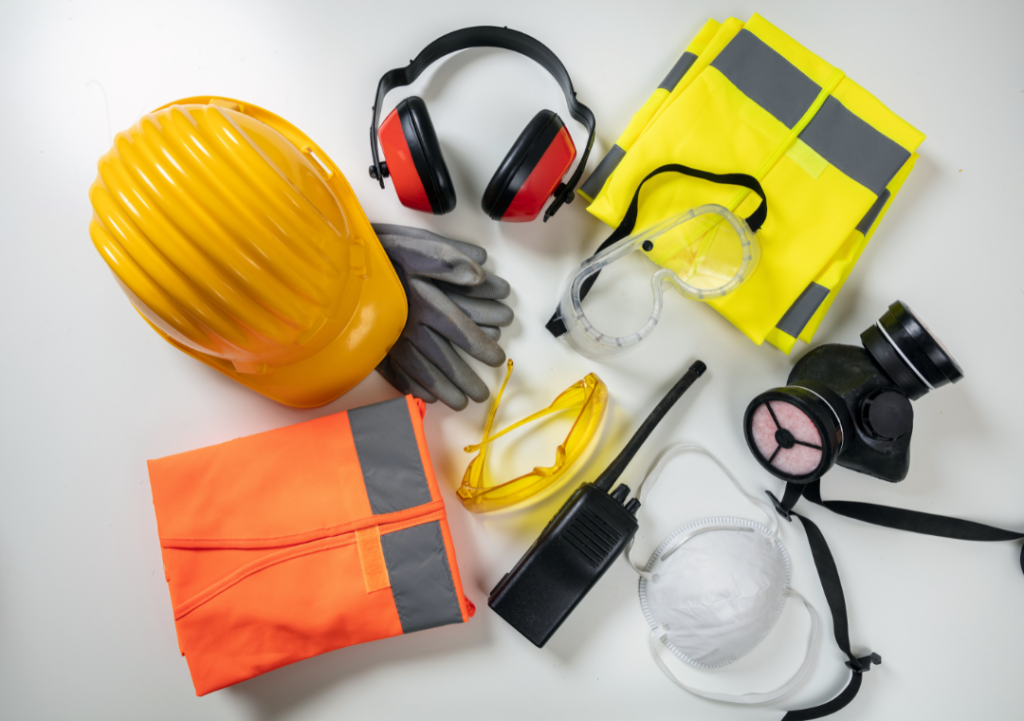Each year OSHA shares the top 10 most prevalent violations in the construction industry and each year they are very similar. This resulted in OSHA developing a program focused specifically on these prevalent hazards that account for the most deaths and injuries in the construction industry. This program is known as “OSHA’s Focus Four” which takes the top violations and groups them into 4 focus categories of hazards:
- Falls: This category consists of falls from heights as well as slip and falls which are the leading cause of injury and death on construction job sites.
- Struck by an object: This involves being struck by building materials and/or construction equipment.
- Electrocution: Electrocution can lead to burns and in serious cases, cardiac arrest and nerve issues.
- Caught-in/between: On any type of construction site, there’s the threat of the body, or parts of the body, getting caught in or between other objects or equipment.
Let’s take a closer look at each of these focus categories and what can be done to reduce the risk of injury or death as well as OSHA fines and penalties.
Falls continue to be the leading cause of death in construction for many years running, accounting for over a third of all fatalities in the industry. This is why OSHA places a strong emphasis on fall protection and requires that workers use proper fall protection equipment when working at heights or when exposed to potential fall hazards. This fall protection equipment may include safety harnesses, fall arrest systems, guardrails, and safety nets. Failure of the duty to have fall protection and inadequate employer provided fall protection training continue to make the top 10 list year after year. We can reduce the risk of falls on the construction site, by taking the following steps:
- Regular inspection of work areas and equipment to identify and repair any hazardous conditions, such as slippery surfaces or missing handrails.
- Proper training on fall protection systems, such as guardrails, safety nets, and personal fall arrest systems.
- Use of appropriate fall protection equipment, such as harnesses, lanyards, and anchorage points.
- Proper selection and maintenance of ladders, including extension ladders and step ladders.
- Avoiding the use of damaged or defective equipment, such as ladders with missing or damaged rungs.
- Awareness of fall hazards, such as openings and holes in the floor or roof.
- Proper signage and labeling to warn of potential fall hazards.
- Maintaining a clean and organized work area to reduce tripping hazards.
- Proper communication and coordination between workers at different elevations.
- Reporting any hazardous conditions or near misses immediately to management.
The second Focus Four hazard is struck-by objects, which can include falling debris, heavy equipment, and vehicles. This type of hazard can result in serious injury or death and is particularly dangerous for workers who are operating heavy machinery or working near moving vehicles. Personal Protective Equipment violations continue to make the Top 10 list in the form of inadequate head, face, and eye protection when struck-by hazards are presents. To reduce the risk of being struck by an object while on a construction site, it’s important to take the following steps:
- Proper training on equipment operation, maintenance, and safety procedures.
- Proper use of barriers, guards, and safety devices to prevent access to dangerous areas.
- Awareness of blind spots and restricted views on equipment, such as heavy machinery and vehicles.
- Proper signage and labeling to warn of potential hazards.
- Proper use of backing-up alarms on vehicles and equipment.
- Avoiding distractions, such as using cell phones, while operating equipment.
- Proper communication and coordination between operators and workers in the area.
- Maintaining clear and unobstructed access to emergency stop buttons or switches.
- Wearing appropriate personal protective equipment, such as high-visibility clothing.
- Reporting any hazardous conditions or near misses immediately to management.
The third Focus Four hazard is electrocution, which can occur when a worker comes in contact with live electrical wires or equipment. This type of hazard can result in serious injury or death and is particularly dangerous for workers who are operating electrical equipment or working near live electrical wires. The Control of Hazardous Energy (i.e., Lockout/Tagout) and Hazard Communication violations continue to make the Top 10 list each year. To minimize the risk of electrocution on a construction site, take the following steps:
- Regular inspection and maintenance of electrical equipment, including electrical panels, cords, and plugs.
- Proper training on electrical safety, including the dangers of electrical shock and arc flash/blast.
- Use of appropriate personal protective equipment, such as rubber insulating gloves and face shields.
- Proper use of grounded electrical tools and equipment.
- Avoid overloading electrical circuits and use of ground-fault circuit interrupters.
- Use of proper electrical grounding methods.
- Avoid working in damp or wet areas, or near water sources, with electrical equipment.
- Use of explosion-proof equipment in hazardous locations.
- Reporting any hazardous electrical conditions or near misses immediately to management.
- Following established safe work procedures and guidelines, including lockout/tagout procedures when working on electrical equipment.
The final Focus Four hazard is caught-in or between, which can occur when a worker becomes trapped between two objects or between an object and the ground. This type of hazard can result in serious injury or death and is particularly dangerous for workers who are operating heavy machinery or working in excavations and confined spaces. To reduce the risk of being caught in orbetween, it’s important to consider the following steps:
- Regular inspection of machinery and equipment to identify and repair any hazardous conditions.
- Proper training on equipment operation, maintenance, and safety procedures.
- Proper use of guards, barriers, and safety devices to prevent access to dangerous areas.
- Proper lockout/tagout procedures to disable equipment during maintenance and repair.
- Awareness of pinch points, shear points, and crush hazards.
- Avoid overloading equipment and using it beyond its rated capacity.
- Maintaining clear and unobstructed access to emergency stop buttons or switches.
- Wearing appropriate personal protective equipment.
- Reporting any hazardous conditions or near misses immediately to management.
- Following established safe work procedures and guidelines.
In summary, it is important to understand OSHA’s Focus Four program when you are building your awareness and education campaigns as this provides a way to easily understand and prevent the most dangerous and prevalent hazards in the workplace. The campaign includes talks and certification courses to train workers in managing the risks posed by these Focus Four hazards. In addition to learning more about this as an awareness tool, these four categories are what OSHA is focused on during inspections and enforcement activities. It is critical for employers to remain educated and aware of the means to mitigate these hazards. It takes a well-trained and coordinated team to get a construction project done safely which will also help with getting it done on time and on budget.
Please reach out to us if you need any support in preventing injuries on your projects or creating exciting awareness campaigns and standdowns.



